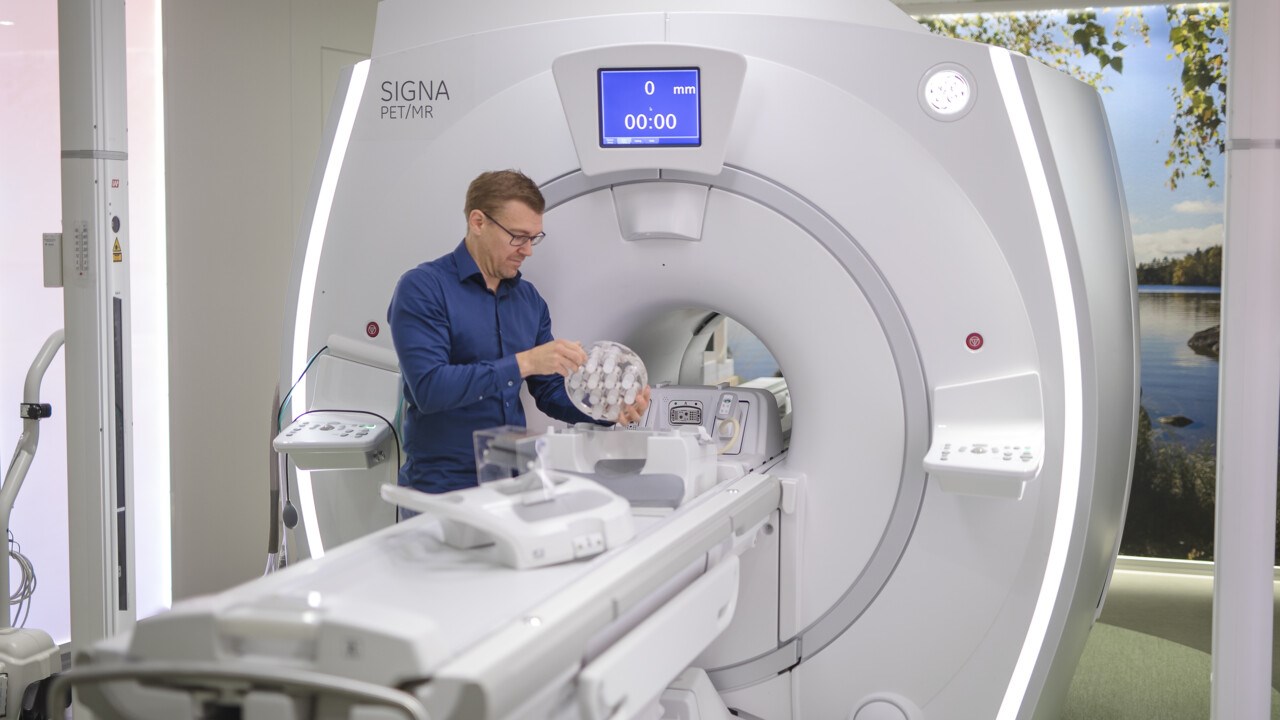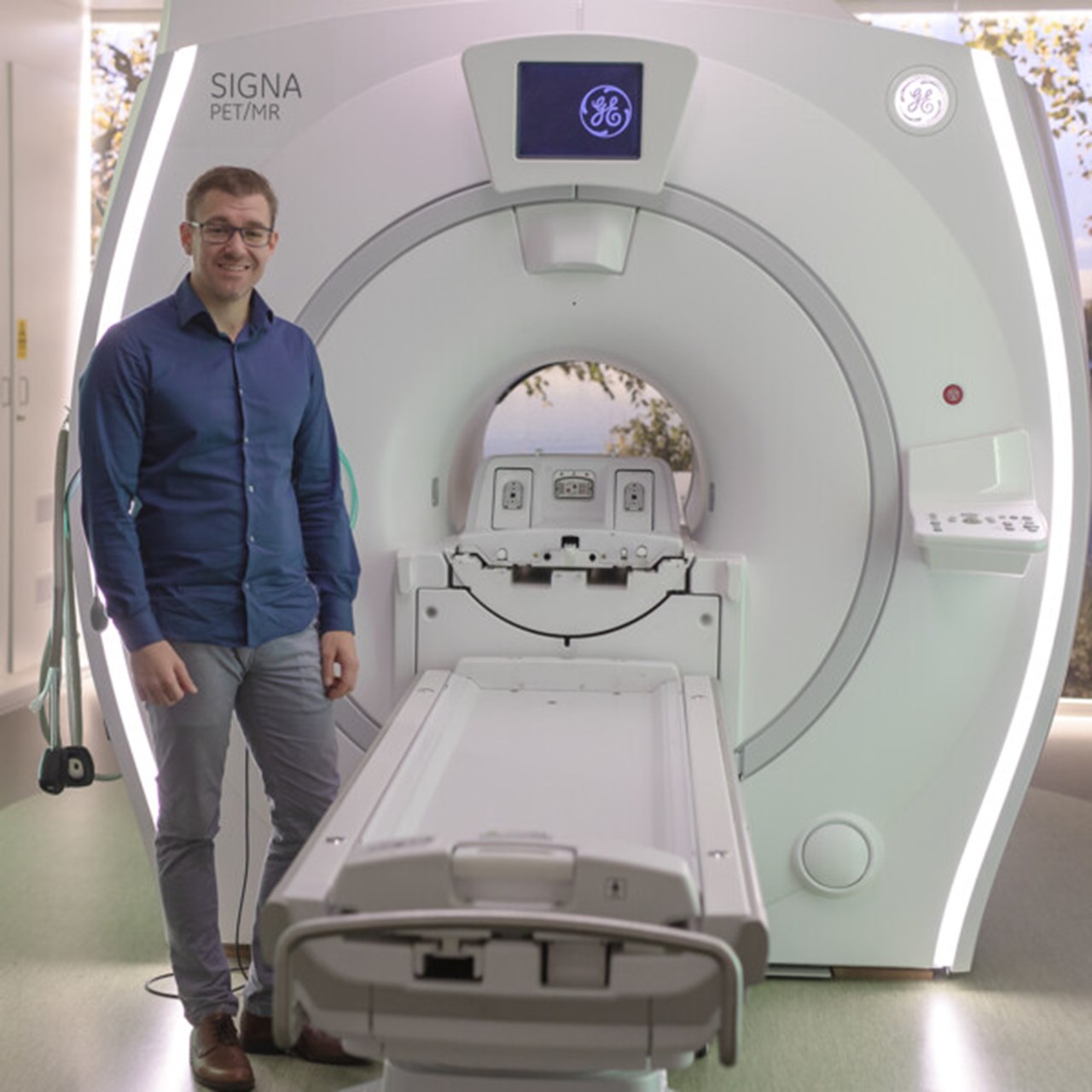Facts about AI
AI – artificial intelligence – is actually a collective name for computer programs that have the ability to mimic human intelligence. In recent times, a specific type of AI, deep neural networks, has achieved great success and has had a great impact, not least in medical applications. These networks can be trained based on examples to identify complex relationships. For example, learn how to draw out where tumors are located in images, determine if a tumor is benign fact box or malignant or clear away noise and other disturbances in images.
AI is increasingly used in both healthcare and medical research. For example, improving the image quality of MRI images, would mean shorter examination times, or provide support in repetitive moments such as when risk organs and tumors are to be identified during radiation therapy.




